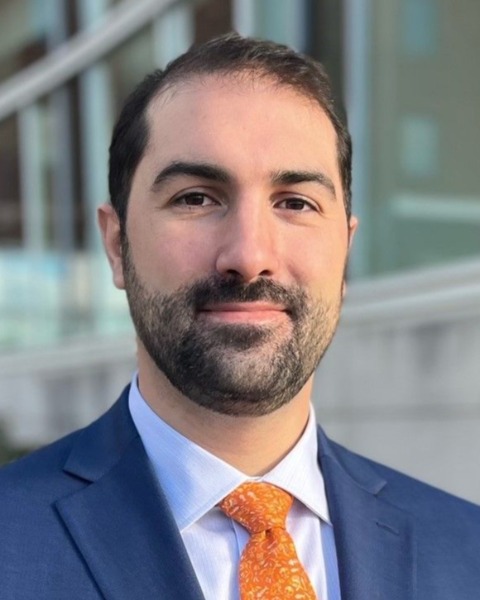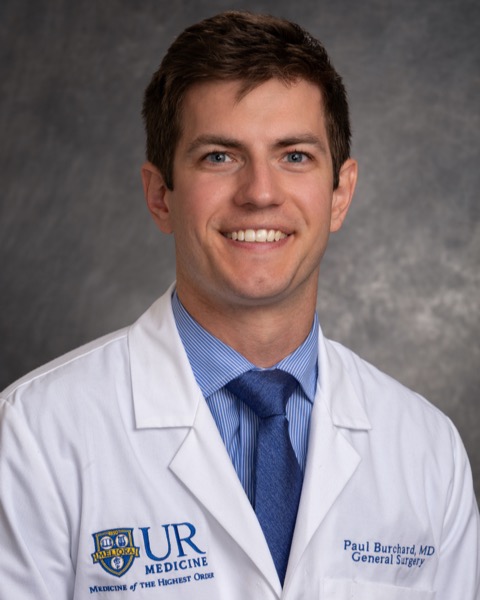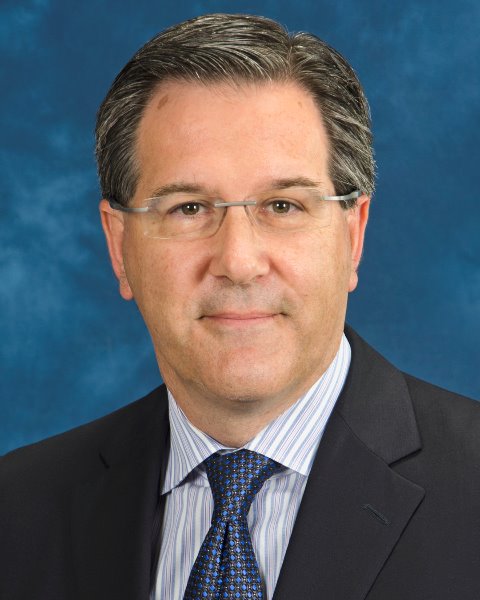HPB
non-CME
P34: Determining Safety and Tolerability of SX-682 in Combination with Anti-PD1 as Maintenance Therapy for Unresectable Pancreatic Adenocarcinoma, A Phase I Study

Nicholas A. Ullman, MD, MSCI
R4 General Surgery Resident
University of Rochester Medical Center
Rochester, New York, United StatesDisclosure information not submitted.

Nicholas A. Ullman, MD, MSCI
R4 General Surgery Resident
University of Rochester Medical Center
Rochester, New York, United StatesDisclosure information not submitted.
- RD
Richard Dunne, MD
Medical Oncology
University of Rochester Medical Center, United StatesDisclosure information not submitted.
- BB
Brian Belt, JD
Tumor Immunology Lab
University of Rochester Medical Center, United StatesDisclosure information not submitted.

Luis I. Ruffolo, MD
Surgical Resident
University of Rochester Medical Center
Rochester, New York, United StatesDisclosure(s): No financial relationships to disclose

Paul R. Burchard, MD
General Surgery Resident
University of Rochester Medical Center
Rochester, New York, United StatesDisclosure(s): No financial relationships to disclose
- MG
Mary Georger, MS
Tumor Immunology Lab
University of Rochester Medical Center, United StatesDisclosure information not submitted.
- DM
Daniel Mulkerin, MD
Medical Oncology
University of Rochester Medical Center, United StatesDisclosure information not submitted.
- AH
Aram Hezel, MD
Medical Oncology
University of Rochester Medical Center, United StatesDisclosure information not submitted.
- JZ
Jazon Zittel, MD
Medical Oncology
University of Rochester Medical Center, United StatesDisclosure information not submitted.
- WW
Wenjia Wang, MD
Medical Oncology
University of Rochester Medical Center, United StatesDisclosure information not submitted.
- ER
Erika Ramsdale, MD
Associate Professor Department of Medicine
University of Rochester Medical Center, United StatesDisclosure information not submitted.
- VK
Vivek Kaul, MD
Advanced GI endoscopy
University of Rochester Medical Center, United StatesDisclosure information not submitted.
- JZ
John Zebala, MD, PhD
President and CEO
Syntrix Pharmaceuticals, United StatesDisclosure information not submitted.

David Linehan, MD
Professor and Chair
University of Rochester Medical Center
Rochester, NY, United StatesDisclosure information not submitted.
Poster Presenter(s)
Author(s)
Outcomes for advanced pancreatic ductal adenocarcinoma (PDAC) remain poor with first-line therapies resulting in significant cytopenias and neuropathy; thereby, highlighting the need for effective, less toxic maintenance therapies. Currently, there are no approved standard maintenance treatments for non-BRCA-associated PDAC, which constitute the majority of cases. Here, we present pre-clinical data demonstrating a synergistic effect of CXC chemokine receptor-2 (CXCR2) inhibition and anti-PD1 as well as an update on the Phase 1 study (NCT04477343) evaluating SX-682, an oral CXCR1/2 inhibitor, in combination with nivolumab as maintenance treatment for advanced PDAC.
Methods: Preclinical studies utilized the KP2 PDAC cell line. Following orthotopic injection, treatment with FOLFIRINOX was followed by SX-682 and anti-PD1 or 5-FU. The trial is an open-label, dose escalation Phase I trial evaluating the combination of SX-682 and nivolumab. Radiographically measurable disease must be present per iRECIST. Patients must complete at least 16 weeks of first line therapy without disease progression prior to enrollment. Baseline and on treatment biopsies are required and used to evaluate the tumor microenvironment (TME). The primary objective is determining maximum tolerated dose using Bayesian optimal interval design. Secondary objectives include progression free survival. Exploratory objectives include alterations in the TME
Results:
In preclinical models of maintenance therapy, SX-682 and anti-PD1 therapy increased overall survival vs 5-FU (p < 0.05). At the time of submission, 8 of the 20 planned evaluable patients have been identified. Dose-levels 1 and 2 have completed enrollment without dose-limiting toxicity (DLT). At dose level 3, one subject was discontinued due to known adverse effects of Nivolumab. There have been no DLTs at Dose-level 3, which is still enrolling. Flow cytometry analysis of paired biopsies demonstrated a decrease in CXCR2+ granulocytic myeloid derived suppressor cells (Gr-MDSCs) and regulatory T cells within the TME.
Conclusions:
Preclinical PDAC maintenance immunotherapy demonstrates increased survival. Clinical translation of this immunotherapy strategy is underway. At the time of submission there has been one DLT. Paired tumor biopsies have shown decreased immunosuppressive cell populations within the TME.
Learning Objectives:
- Describe the study design for this phase I maintenance immunotherapy trial
- Describe the mechanism of action of the study drug and its observed effects on the tumor immune microenvironment.
- List and describe the inclusion/exclusion criteria of the study design.
